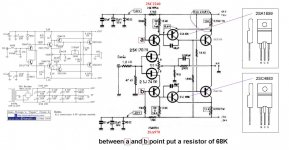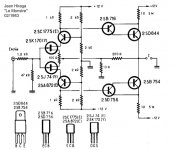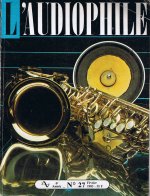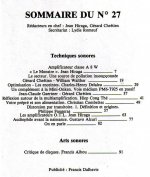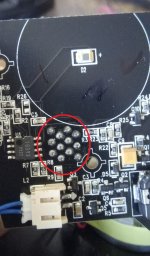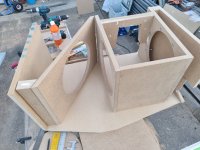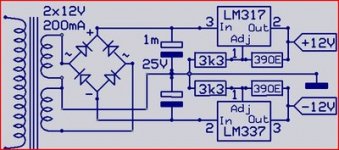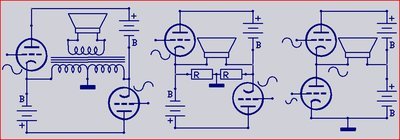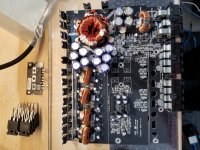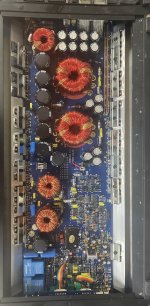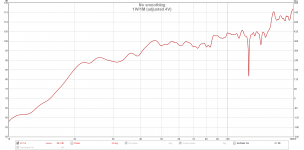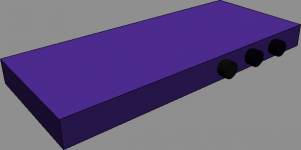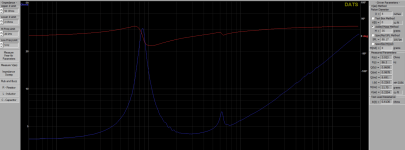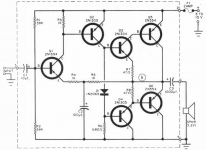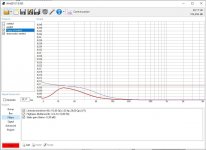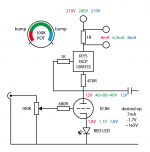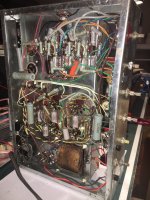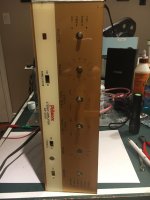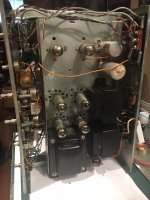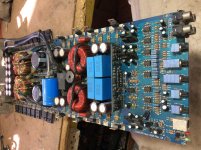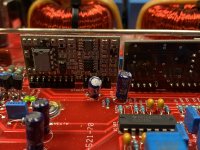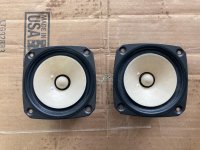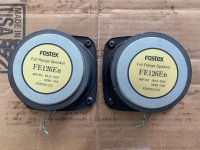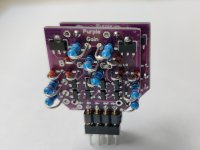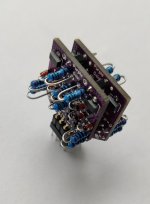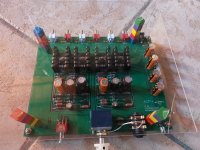For Sale FSOT Altec 604s! $2400 Chicago
SOLD These are the pinnacle of old school Altec builds! Sound way more modern than you would expect.
We just moved into a 100 year old house with smaller rooms and less space for hifi so I am hoping to move to a smaller format monitor. I have lots of trade ideas and am looking for things like:
BW 801 or 802 (ideally S2 or S3)
KEF ls50
PSB Synchrony
SEAS Thor
Harbeth / Rogers monitors
Snell E
Hoping to find something that's a better fit for a smaller room!
These speakers look and sound as good as you're hoping. HIGHLY efficient.
Full 8 ohm load (GPA HF diaphragms), Jeff Markwart crossovers and a pair of GPA crossovers (one GPA has a broken trace, easily jumpered). Altec + Mantaray logos. In excellent condition.
Cabinets were constructed by a master cabinet builder named Dale from St. Charles IL. Oak braced, MDF walls. Internally fully covered with a black insulation that's comparable to what airplanes use in to insulate their cockpits. Cherry veneer with Tung oil finish, it's begun to saturate with UV and looks wonderful.
Nice brass binding posts.
Includes custom made dollies with locking wheels.
Local pickup in Chicago. Not interested in separating the drivers and cabinets. These speakers are surprisingly easy to transport when you remove the woofers and load the cabinets separately. I was able to transport both cabinets in a Toyota Rav 4. (Tight but it fits).
Login to view embedded media
We just moved into a 100 year old house with smaller rooms and less space for hifi so I am hoping to move to a smaller format monitor. I have lots of trade ideas and am looking for things like:
BW 801 or 802 (ideally S2 or S3)
KEF ls50
PSB Synchrony
SEAS Thor
Harbeth / Rogers monitors
Snell E
Hoping to find something that's a better fit for a smaller room!
These speakers look and sound as good as you're hoping. HIGHLY efficient.
Full 8 ohm load (GPA HF diaphragms), Jeff Markwart crossovers and a pair of GPA crossovers (one GPA has a broken trace, easily jumpered). Altec + Mantaray logos. In excellent condition.
Cabinets were constructed by a master cabinet builder named Dale from St. Charles IL. Oak braced, MDF walls. Internally fully covered with a black insulation that's comparable to what airplanes use in to insulate their cockpits. Cherry veneer with Tung oil finish, it's begun to saturate with UV and looks wonderful.
Nice brass binding posts.
Includes custom made dollies with locking wheels.
Local pickup in Chicago. Not interested in separating the drivers and cabinets. These speakers are surprisingly easy to transport when you remove the woofers and load the cabinets separately. I was able to transport both cabinets in a Toyota Rav 4. (Tight but it fits).
Login to view embedded media
